With an impressive array of powerhouse-branded ingredients like MitoBurn and RhodioPrime 6X in their repertoire, NNB Nutrition is no stranger to providing the most potent versions of ingredients to consumers. With the buzz of anti-aging and antioxidants amongst myriad business moguls and Hollywood personalities, NNB's research and development team offers an ingredient that capitalizes on what nature has already supplied in both food and fungi.
MitoPrime: Bolstering One of Nature’s Most Powerful Antioxidants
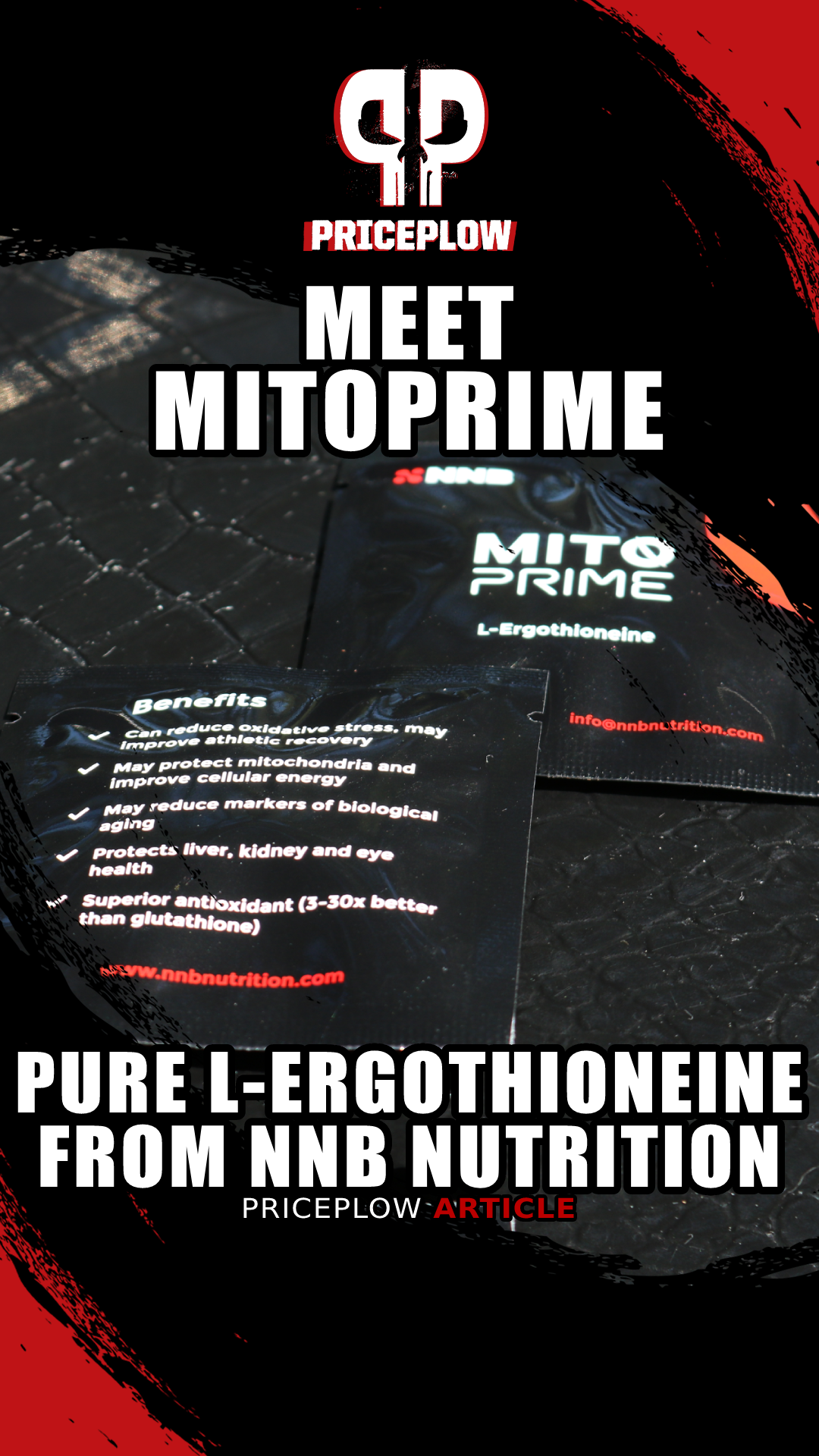
Meet MitoPrime: The most 'slept-on' skin care and immune system supplement ingredient on the market, based on pure L-Ergothioneine - a master antioxidant molecule that's been shown to outperform glutathione!
In the supplement industry, countless brands have released single-ingredient products that boast stackability, bioavailability, and purity. However, it's often that these products don't measure up to their claims or have the scientific testing to back them up. This is true for antioxidants on the market today, many of which touted for immune system support.
MitoPrime (L-Ergothioneine): vs Generic Ergothioneine
With MitoPrime, a highly pure form of L-ergothioneine, NNB Nutrition is here to help you circumvent the "antioxidant paradox" -- the situation where dietary ingredients marketed as antioxidants don't actually lead to benefits in terms of longevity or oxidative stress.[1-5]
Ergothioneine (ET) is an antioxidant that occurs naturally in a wide variety of not-so-commonly-eaten foods (at least in the United States) – particularly in edible mushrooms (we mean the non-psychedelic variety).[6,7] There's plenty of compelling research showing that ET offers profound protection against oxidative stress, improves immune and inflammatory function, and protects cells from many different kinds of cytotoxins - especially in the skin.
Ergothioneine: A “candidate vitamin” because of its incredible effects
In fact, it functions so well that numerous researchers call it a candidate vitamin,[8,9] suggesting that it be labeled as a vitamin with recommended daily intake. Others call it a "longevity vitamin"[10,11] and still others simply call it a "vitamin"![12,13]
The most interesting thing about ergothioneine, though, is how readily the human body absorbs and uses it – it's extremely bioavailable by any standard. Given that it's a naturally occurring bioactive constituent, this suggests that the body is calibrated for a certain level of ET intake. Although researchers have yet to officially establish a daily value, we think our discussion in this post will persuade you to include more ET-rich foods in your diet, and consider giving MitoPrime supplementation a shot.
More specifically, the value proposition of MitoPrime vs. generic ergothioneine is that MitoPrime is:
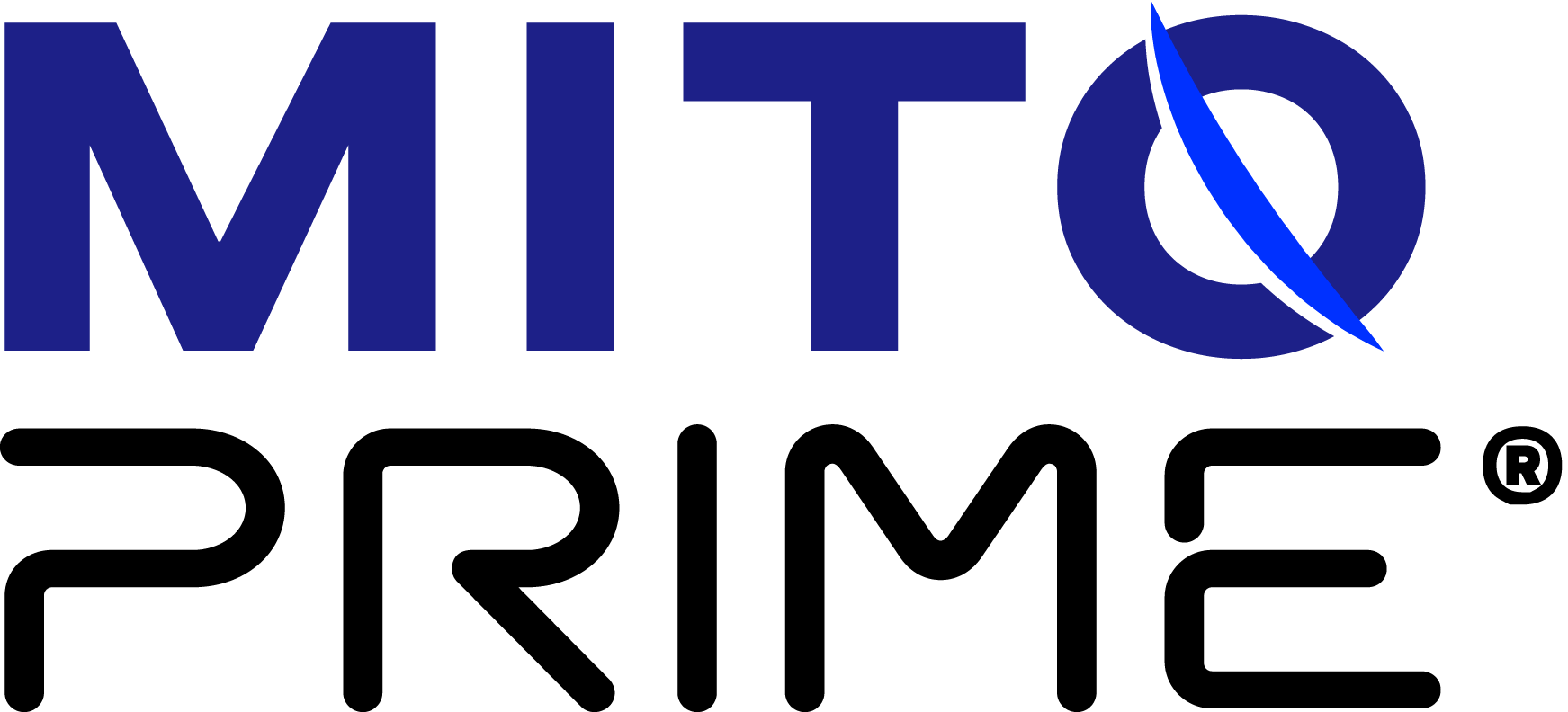
MitoPrime (L-ergothioneine) is a patent-pending antioxidant ingredient that has incredible effects ranging from immunity to skin care.
- The highly bioavailable L-isomer form of ET
- Nearly 100% pure, as confirmed by repeated high-performance liquid chromatography (HPLC) tests
- Made by NNB Nutrition, a trusted novel ingredient developer who's brought us other difficult-to-manufacture ingredients like MitoBurn (L-BAIBA), RhodioPrime 6X (high-salidroside Rhodiola), and HydroPrime (high-yield glycerol powder with less clumping).
We consider MitoPrime the ingredient of the next decade for both skin care and immune system support supplements, and every year, scientific research increasingly backs that statement up.
Is your interest piqued yet? Read on to learn more about MitoPrime and how it can fit into your nutritional plan. Also check out our longer-form article Ergothioneine, which dives even deeper into the history of the article.
Subscribe to PricePlow's Newsletter and Alerts on These Topics
Ergothioneine’s Extremely High Bioavailability
We should start this discussion by pointing out that the bioavailability of ergothioneine is much higher than what we typically see for oral antioxidant supplements.
We can attribute its remarkable bioavailability to the fact that there's a special transporter protein in most human cells, called organic cation transporter novel-type 1 (OCTN1), which is extremely good at moving ET into cells.[14,15] Thanks to OCTN1, tissues throughout the body absorb and distribute ET with a high degree of efficiency.
One study found that only 4% of orally-administered ET was excreted in subjects' urine.[16] Although the body does have other mechanisms for eliminating a substance, urinary excretion is what's primarily studied with regards to water-soluble compounds like ET, so this result suggests that the rest of it was taken up and used by cells.
In other words, oral ergothioneine has a theoretical bioavailability of up to – and in practice, probably very close to – 96%. That's incredible by any standard. In fact, thinking about all our many years of researching, consuming, and writing about orally-administered antioxidant supplements, the PricePlow staff doesn't recall ever seeing an oral bioavailability value this high.
The limiting factor in an oral ergothioneine supplement's effectiveness, then, is basically just its purity – and that's why we love MitoPrime, which is standardized for close to 100% purity of the L-isomer.
With that in mind, let's take a look at how it can benefit human health.
MitoPrime / Ergothioneine Benefits and Mechanisms of Action
So what does MitoPrime do, and how does it work?
-
Anti-Inflammatory
Immune function has been a big topic of conversation in recent years, for obvious reasons. Since acute and chronic infections alike can seriously degrade quality of life and prevent you from living at your full potential, supporting immune function is one of the key goals for nutritional supplementation.
Ergothioneine serves a massive list of roles that align very highly with our modern immune concerns.[15]
Fortunately for us, there are plenty of in vitro and animal studies showing that ET can have powerful anti-inflammatory effects that help your body deal with infectious disease.
For example, one study conducted in muscle cells found that ET significantly attenuated their inflammatory response to the fatty acid palmitic acid.[17] Compared to control cells, those that were pre-treated with ET before palmitic acid exposure had a much higher survival rate, and also generated far less interleukin-6 (IL-6), a kind of inflammatory cytokine.[17]
Of course, that's just in a cell culture – what about in higher organisms like animals?
In one study, researchers randomized rats to receive either ET or a placebo for 15 days. At the end of this treatment period, they then induced ischemia in the rats to see how ET affected tissue damage from inadequate blood supply.[18]
For several hours following the ischemia, they measured the levels of inflammatory molecules, like cytokines, in the rats' blood and tissue. They also did a histological study of the rats' intestinal tissue.[18]
The researchers discovered that ET-treated rats showed significantly less evidence of inflammation than the control group, and, furthermore, their intestinal tissue recovered from ischemia much better. Summing up these findings, we can say that the ET group's intestinal tissue structure was much better preserved than the control group's.[18]
With such a massive list of benefits shown from ergothioneine, why haven't we heard more about it? This is a must-research immune system supplement ingredient that can protect numerous organ systems.[15]
The anoxic (literally meaning without oxygen) origin of ET can help us make sense of this result – after all, cutting off the blood supply (ischemia) causes damage primarily by depriving cells of oxygen. Since ET appears to have originally helped organisms cope with cellular stress in oxygen-free environments, it's only logical that it could help mitigate the damage of cellular oxygen deprivation.
In another study, researchers induced an experimental model of ARDS, which is an inflammatory condition in lung tissue. ARDS is a topical subject these days, because it's often triggered by the cytokine storm of runaway lung inflammation that's typically associated with severe SARS-CoV-2 infection.[19]
The ergothioneine-treated rats showed significantly less cytokine activity and far less tissue damage in their lungs following ARDS.[19]
Inhibitor of pro-inflammatory myeloperoxidase (MPO)
Myeloperoxidase (MPO) is an enzyme that massively contributes to inflammation-caused tissue injury. ET's ability to inhibit MPO is a big factor in its anti-inflammatory activity.[7]
Inhibitory effects of Ergothioneine vs. Glutathione, Histidine, and Vitamin C[7] -- yes, MitoPrime can outperform glutathione and vitamin C in many situations!
MPO is also implicated in the function of neutrophils, a type of white blood cell, which is why high neutrophil count is tightly correlated with adverse outcomes in SARS-CoV-2 infections.[20,21] Neutrophils generate lots of inflammatory free radicals and reactive oxygen species (ROS) in the course of performing their immune function. Neutrophils are also necessary for immunity, so we don't want to get rid of them – but we do want some way of cleaning up the ROS they create, in order to prevent oxidative damage to surrounding tissue.
As it turns out, ET does exactly that. It's been shown to scavenge free radicals generated by MPO-containing neutrophils – and ergothioneine scavenged free radicals even better than heavy-hitter antioxidants like glutathione and vitamin C.[7]
This is one of the major mechanisms of action behind ET's ability to prevent the cytokine storm often observed in severe SARS-CoV-2.
-
Cardiometabolic benefits
The discussion of ET's activity on MPO is a great pivot to a discussion of its cardiovascular benefits. That's because inhibition of MPO comes with antithrombotic and anticoagulant effects.
When bound to neutrophils, MPO plays a crucial part in developing extracellular matrices around those neutrophils. These fibrin-containing matrices are known as neutrophil extracellular traps, or NETs for short, and can wreak havoc on the cardiovascular system by binding to red blood cells.
As a result of this binding action by the NETs, MPO activity can create thrombosis (blood clots).[15,24]
So if you want to discourage the formation of clots, inhibiting MPO is one potential strategy – and MitoPrime can help you do that. This is monumentally important to know!
Ergothioneine and risk of disease
Given the fundamental role ergothioneine appears to play in cellular biology, it shouldn't surprise us that a person's serum ET concentration predicts their relative risk for certain diseases.
The less ET in your blood, the more likely you are to develop some devastating chronic illnesses. These include severe neurological disorders[25-28] and cardiovascular diseases (CVD).[29]
According to one study on the link between ET and CVD:
"Ergothioneine was the metabolite most strongly connected to the HCFP [health conscious food pattern] and was associated with a lower risk of coronary disease (HR per 1 SD increment of ergothioneine, HR=0.85, p=0.01), cardiovascular mortality (HR=0.79, p=0.002) and overall mortality (HR=0.86, p=4e-5)."[29]
The HCFP named in this excerpt stands for health conscious food pattern, a way of eating that the authors of the study identified as decreasing a person's risk of CVD. They found that certain foods most strongly associated with a lower risk of CVD – foods like fruits, berries, nuts, legumes, and yogurt – all share the key similarity of increasing blood ET levels.[29,30]
In a separate study, the same research team concluded that "ergothioneine had the strongest association with the HCFP and also the most evident protective associations with cardiometabolic morbidity and mortality independent of traditional risk factors."[29]
In other words, high ergothioneine content is the common denominator behind these apparently quite different healthy foods. Sounds like a vitamin, doesn't it?
-
Neurological benefits
Of all the organs in the body, the brain is perhaps the most vulnerable to being damaged by inflammation and oxidative stress.[31] So, we think you'll agree that healthy brain aging is key to a long lifespan and high quality of life throughout.
Ergothioneine can help us here, too.
Protects against neurotoxins
A 2012 study in mice found that pure ET can protect neurons from being damaged by amyloid plaques.[32] Further, an in vitro study found that ET can prevent neurons from being damaged by excitotoxicity, a state in which the hyperactivity of neurons can cause neuroinflammation and even low-grade brain damage.[33]
But ergothioneine isn't only good for protecting against naturally occurring toxins. Another mouse study from 2010 found that it can help mitigate damage to brain tissue caused by cisplatin,[34] a chemotherapy drug.
Promotes growth and repair of neurons
Found in mushrooms and organ meats, ergothioneine is the oldest -- and most overlooked -- energy-supporting immune system booster / antioxidant on the market. Prepare to have your mind blown by this ingredient.
Research on the ET transporter protein we discussed at the beginning of this article, namely OCTN1, has found that it plays a key role in helping neurons grow and differentiate,[35] which is a key component of healing after brain injury.
A 2021 mouse study concluded that ET supplements can actually upregulate neurogenesis to such an extent that it significantly improved the rodents' performance on a memory test.[36]
Serum ET and risk of neurological disease
Just as we saw with cardiovascular disease, serum ET levels seem to negatively correlate with risk of neurological disease – low ET levels have been found in patients with Parkinson's[25] and mild cognitive impairment.[26]
Research indicates that ergothioneine might be essential for neurological health – low ET levels have been observed in patients with both severe and mild cognitive impairment.[25-28]
-
Skin care support
There are several reasons why so many people feel great when adding mushrooms back to their diet. We argue that ergothioneine is a major component.
The body stores ergothioneine not only in the liver, kidneys, eyes, and bone marrow -- it also stores it in the skin![37,38] In fact, there's an entire journal article from 2009 titled "Skin cells and tissue are capable of using L-ergothioneine as an integral component of their antioxidant defense system" that explains ET's incredible potential for skin protection and repair.[38]
In fact, the OCTN1 ergothioneine transporter described above is heavily expressed in the epidermis,[38] where it's used to combat reactive oxygen species, prevent lipid damage in skin cells, and protect the DNA -- especially when exposed to UV light and oxidative stress.[38-41]
Ultraviolet light protection
One study even concluded the following benefits, with just nanomolar amounts:
"Ergothioneine at nanomolar concentrations effectively ameliorated UVA-induced skin damage, and may be considered as a desirable food supplement for skin protection and/or preparation of skin care products."[41]
When studied in vitro, ergothioneine begins accumulating within just one day, and it only took nine days to increase ET levels by 600%![42] The researchers of this study concluded:
"In conclusion, we have provided evidence that skin cells and tissue can take up, accumulate, and utilize the potent antioxidant L-ergothioneine. The reported diverse protective effects of this naturally occurring amino acid position EGT and its receptor/transporter as an integral part of the antioxidative defense system of the skin."[38]
Mechanism: Better sensing of skin damage, activating protective roles
If you're interested in the MitoPrime's mechanisms for skin care, the article titled "The Antiaging Activity of Ergothioneine in UVA-Irradiated Human Dermal Fibroblasts via the Inhibition of the AP-1 Pathway and the Activation of Nrf2-Mediated Antioxidant Genes" is a fantastic, yet science-heavy background.[40]
The long story short is that ET can activate Nrf2 -- a leucine "zipper protein" that works like a sensor for stress -- inducing protective effects. This leads to several effects (especially in UVA-irradiated cells) and helps protect collagen and the extracellular matrix from being degraded by increasing cell viability.[40]
Protects hyaluronic acid from degradation
Many of us who research skin and joint care protocols know about hyaluronic acid, a molecule found in soft tissues that helps cells retain water, keeping them hydrated. A recent study from 2021 showed that ergothioneine actually protects hyaluronic acid from degradation.[43]
This is all great for general skin care support -- and we believe MitoPrime belongs in more skin care supplements -- but it gets even more interesting than that:
Better wound healing
The study discussed above, where ergothioneine protected hyaluronic acid, had an interesting knock-on effect - it led to better overall wound healing![43] Normally we don't consider supplements for faster healing of wounds, but this is something worth knowing about and keeping in the back of your brain.
Ultimately, collagen and skin care supplements have become a bit of a recycled category, lacking innovation -- and MitoPrime is perfectly positioned to shake this niche up for the better! This was first discovered in our article detailing NNB Nutrition's Gummies, which can be whitelabeled and sold with MitoPrime inside.
It shouldn't be surprising to know that ergothioneine levels decline as we age,[44] making an incredible case for supplementation.
MitoPrime Dosing: What’s The Human Ergothioneine Requirement?
Nobody has given a precise answer to this question, but comparative analysis of nutritional profiles by country can clue us in to the physiologically appropriate range of ET intake.
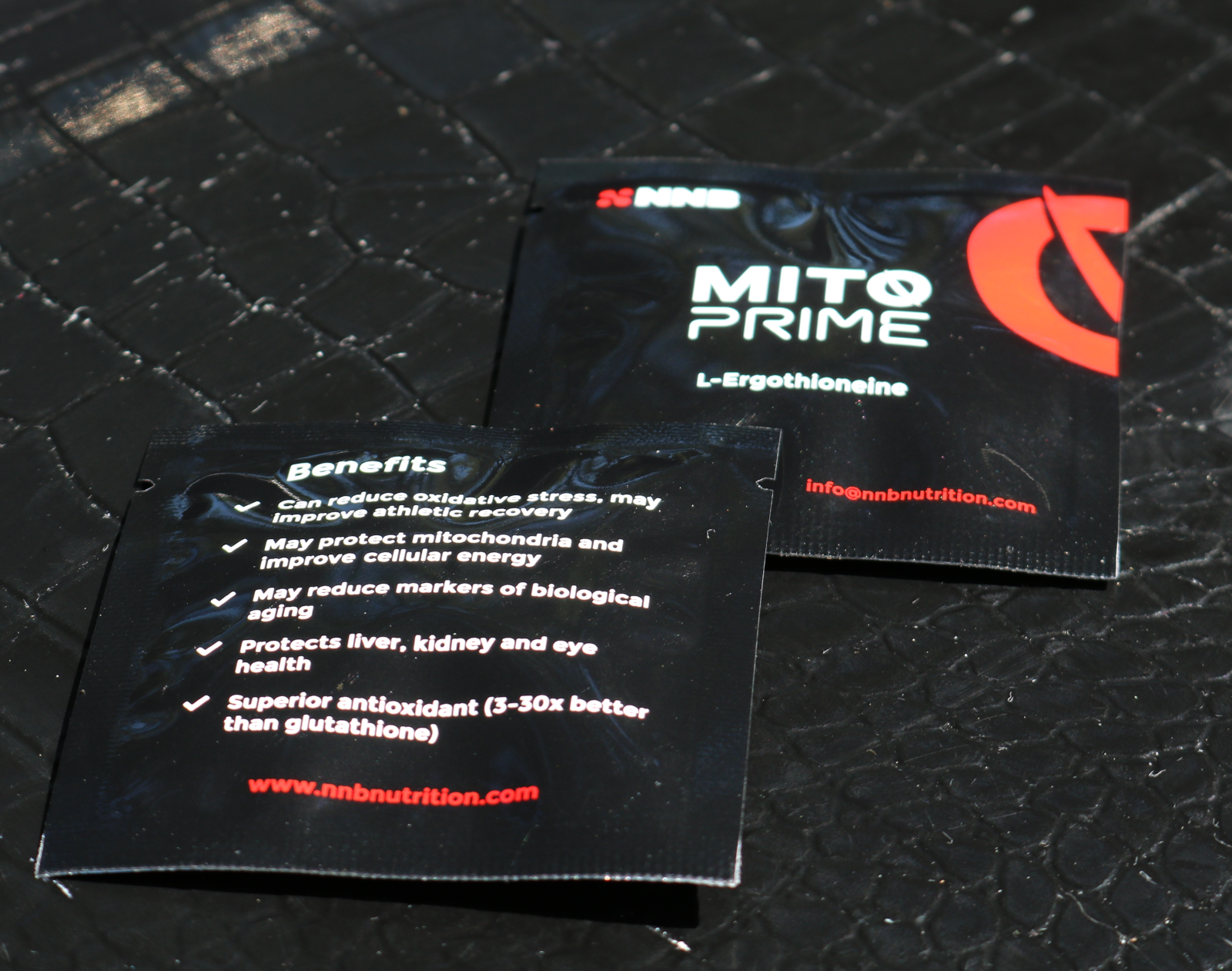
Prime your Mitochondria by sending it the strongest antioxidant they're already wired for - ergothioneine via MitoPrime.
A 2020 article published in the Journal of Nutrition Science points out that the United States – a country with a relatively high incidence of neurological disease – has a low ET intake compared to countries with similar levels of economic development. For example, while Italians consume about 4.6 milligrams of ET daily from food, Americans get a mere 1.1 milligrams.[10]
Of the countries examined in this study, Italy had the highest ET intake and the U.S. had the lowest, so 1.1 mg to 4.6 mg is a reasonable range for appropriate ET consumption.
In general, MitoPrime is to be dosed at least 5 milligrams per day, which is what's in the mushroom supplement linked below. However, because it's accumulated, a "loading" dosage of more -- such as 15-30 milligrams per day -- can be strategically utilized, especially when it's needed immediately.
How much MitoPrime is too much?
The answer to this question is even more uncertain than the previous one – so far, no research team has published findings of ET toxicity in animal studies.
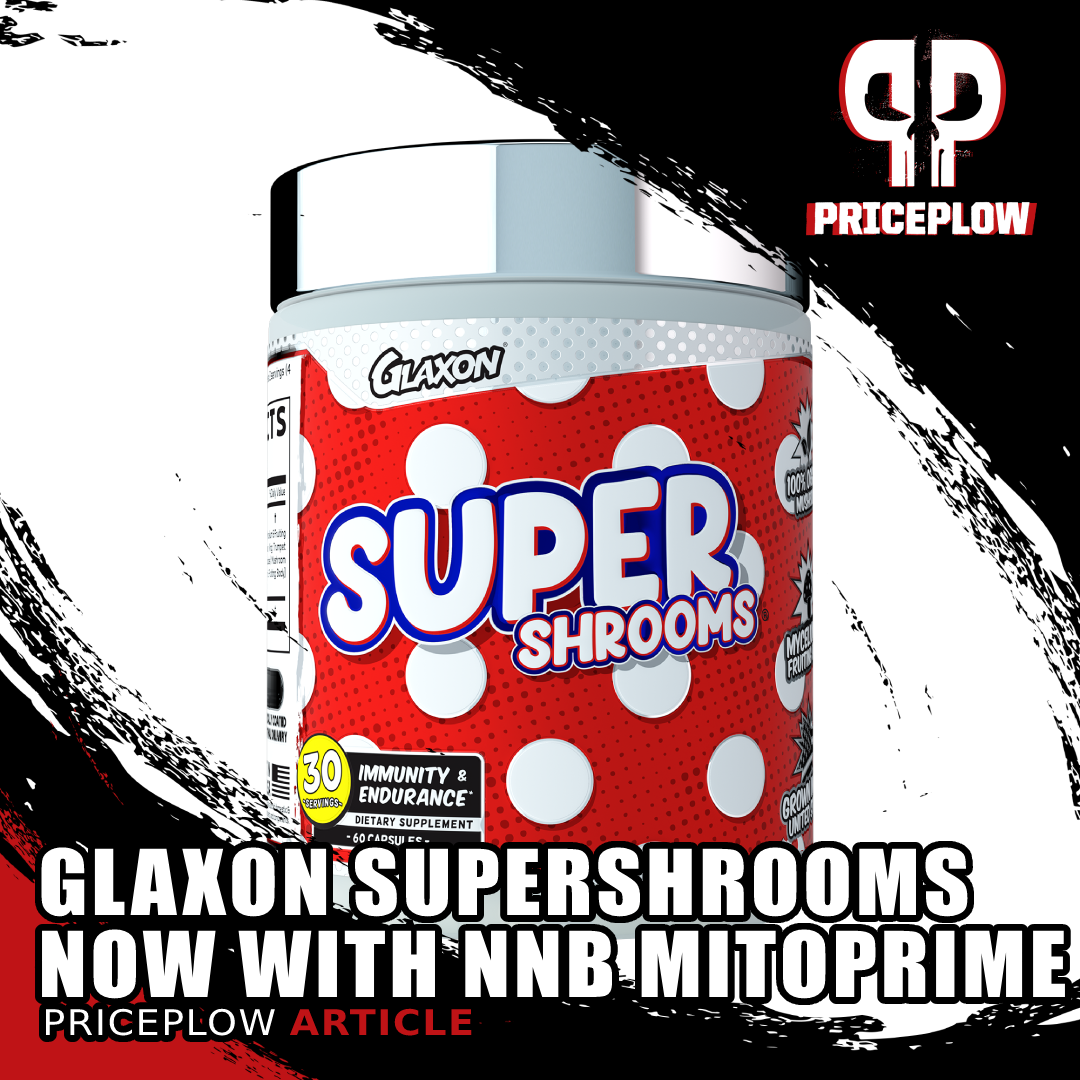
Experience the power of mushrooms with SuperShroom from Glaxon!
Safety trials of ET have given astronomically doses as large as 1,500 milligrams[42] and 1,600 milligrams[45] ET per kilogram of body weight per day to rodents, without any significant rise in mortality.
Just for reference, the human equivalent of these doses would be about 250 mg/kg/day. This works out to a 17 gram daily dose of ET for a 150 (68 kilogram) person.
Regardless, both the U.S. Food and Drug Administration (FDA) and the European Union's EFSA Panel on Dietetic Products, Nutrition and Allergies (NDA) have ruled that synthetic ET supplements dosed at 5 milligrams per day are safe for use in people.[15,46-48]
Products with MitoPrime inside
We were incredibly excited when Glaxon included MitoPrime in the latest version of their blended mushroom supplement, Super Shroom. You can read about it in our article titled Glaxon Supershrooms Level Up Your Health with MitoPrime. Many use mushrooms to improve immunity and respiratory support, so what better way to bolster this effect than adding ergothioneine!
Below is a list of articles on the PricePlow Blog discussing MitoPrime:
MitoPrime Articles on the PricePlow Blog
Our videos on MitoPrime
Learn about MitoPrime in one minute:
Need a bit more? Learn about Ergothioneine in three minutes:
Conclusion – NNB Walks the Walk with MitoPrime
MitoPrime is a major league health and wellness supplement, relevant to many important aspects of human health. It's almost as old as biological life itself, and improves cellular function under both oxygenated and non-oxygenated conditions.
To be honest, we think the industry has been sleeping on ergothioneine – and when an ingredient is underrated, cost and quality control issues are often a big part of formulators' hesitance to use it. Hopefully, as awareness grows that NNB has released a nearly 100% pure and standardized form of the bioavailable ergothioneine isomer, we will see ergothioneine get the recognition and ubiquity it deserves.
If you're formulating an immunity supplement, skin care product, or are looking for an antioxidant that actually works, then strongly consider testing MitoPrime out. You can learn even more in our main article titled Ergothioneine: The Immunity and Energy Protector.
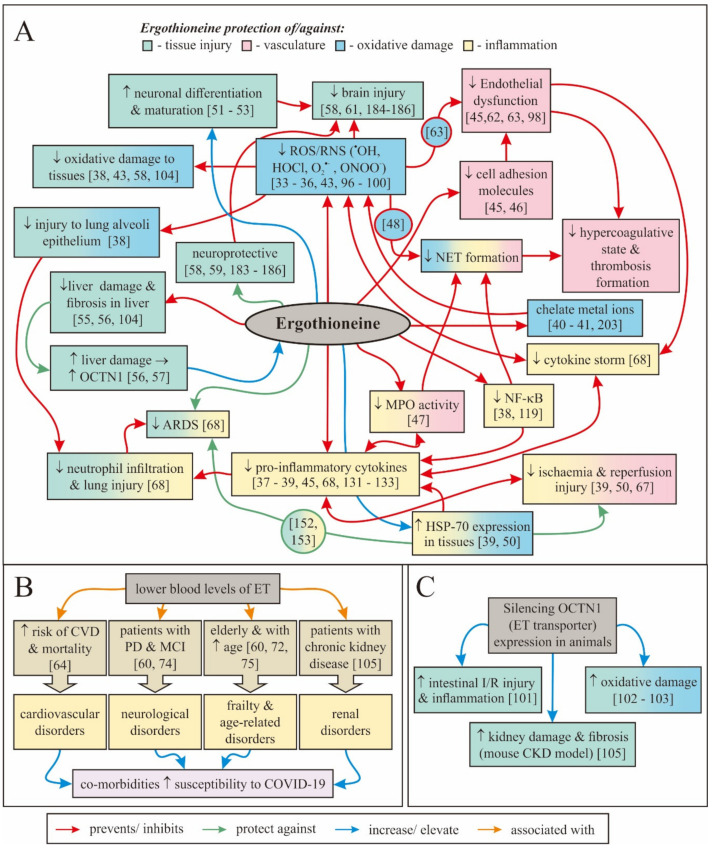
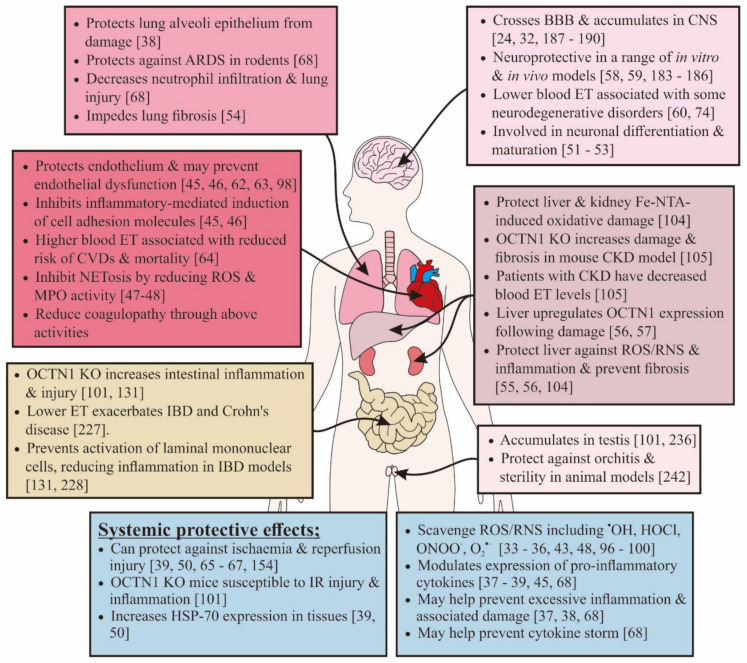
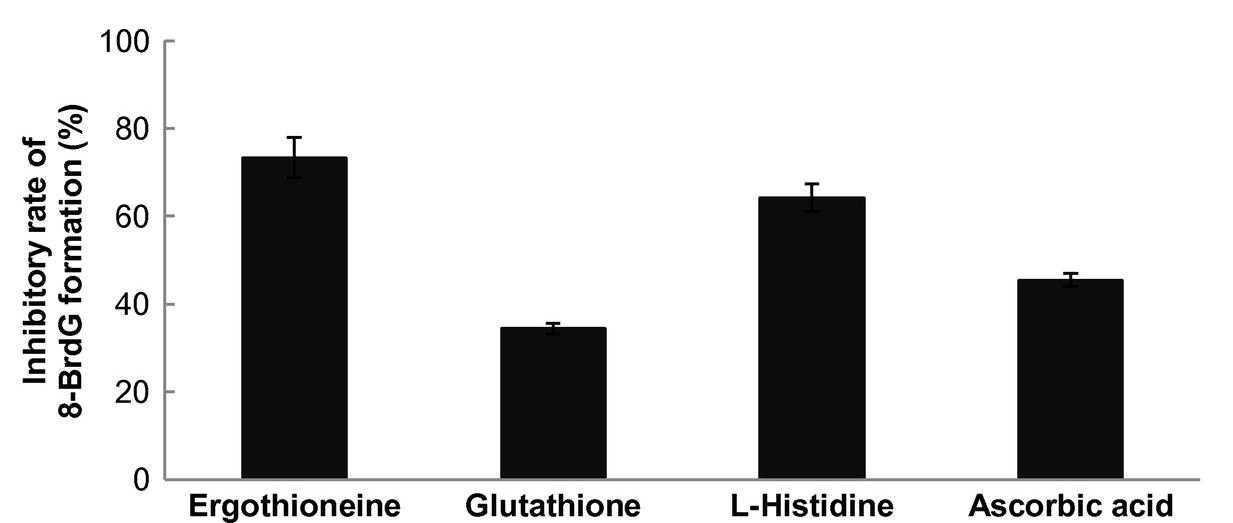
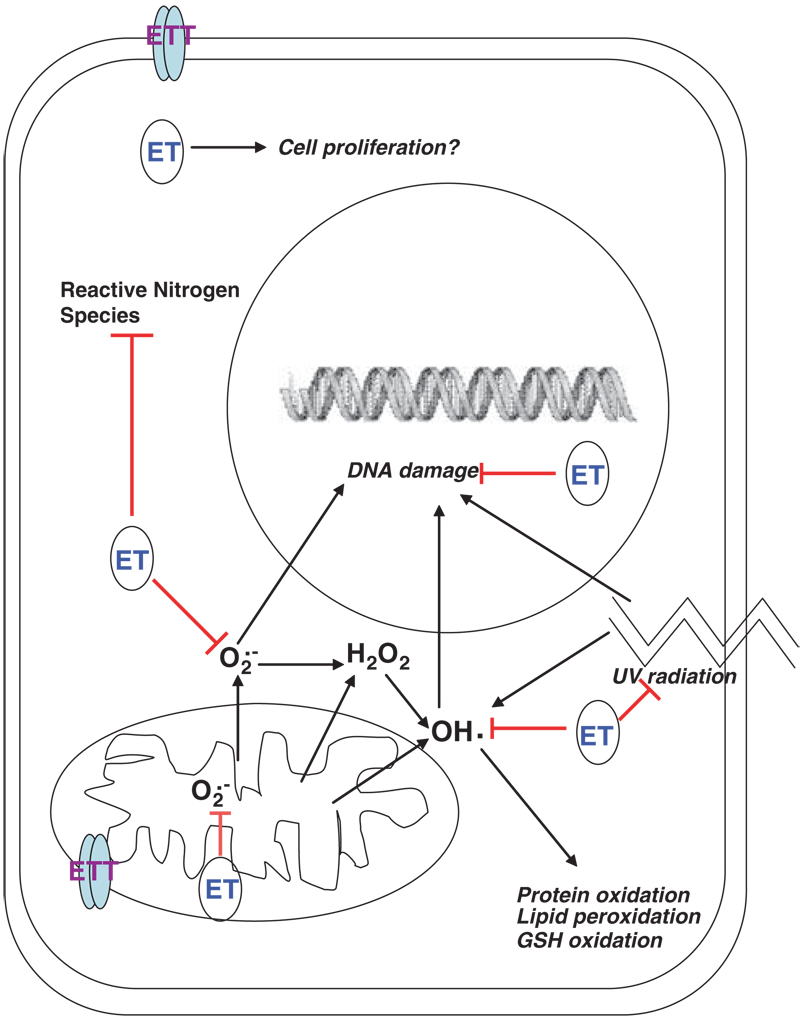
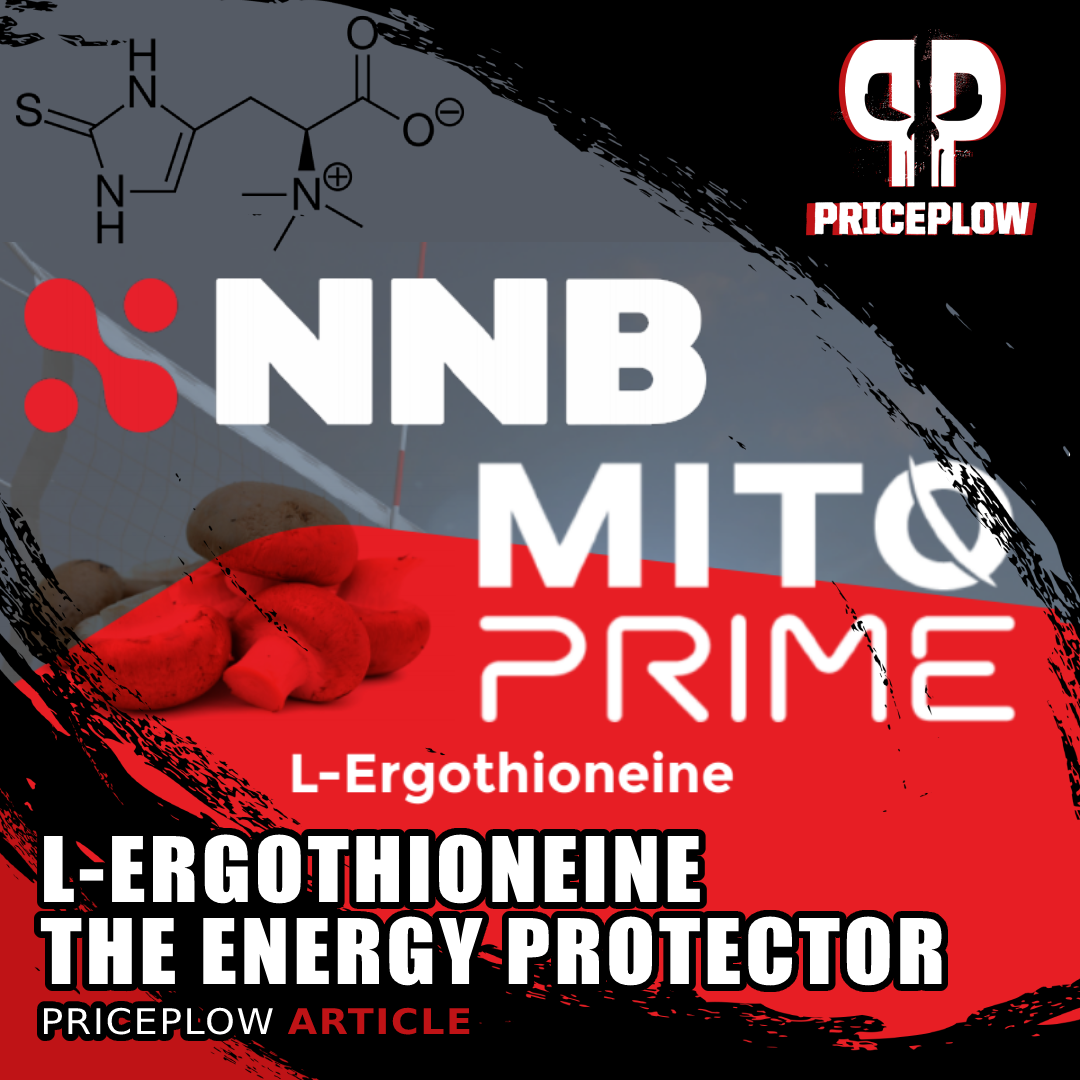
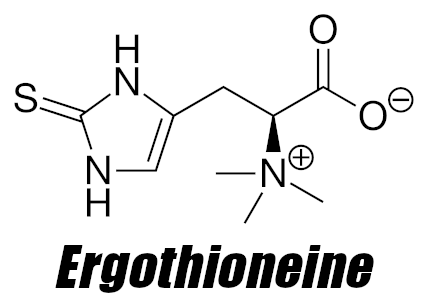

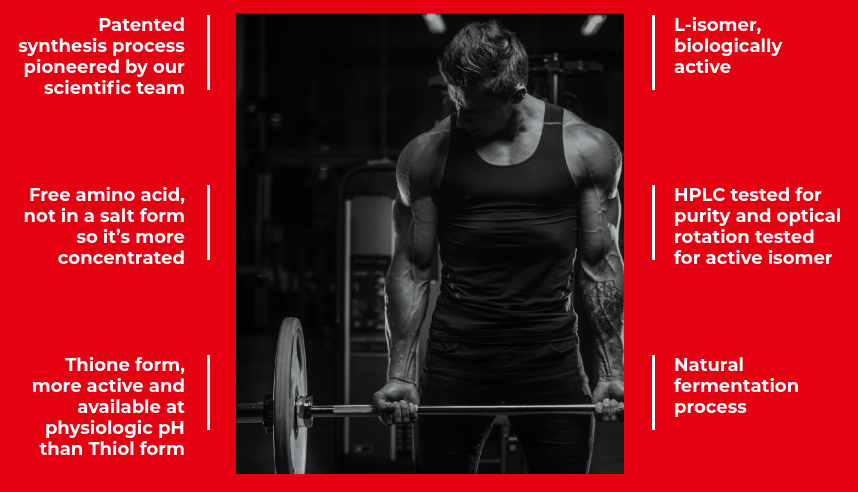
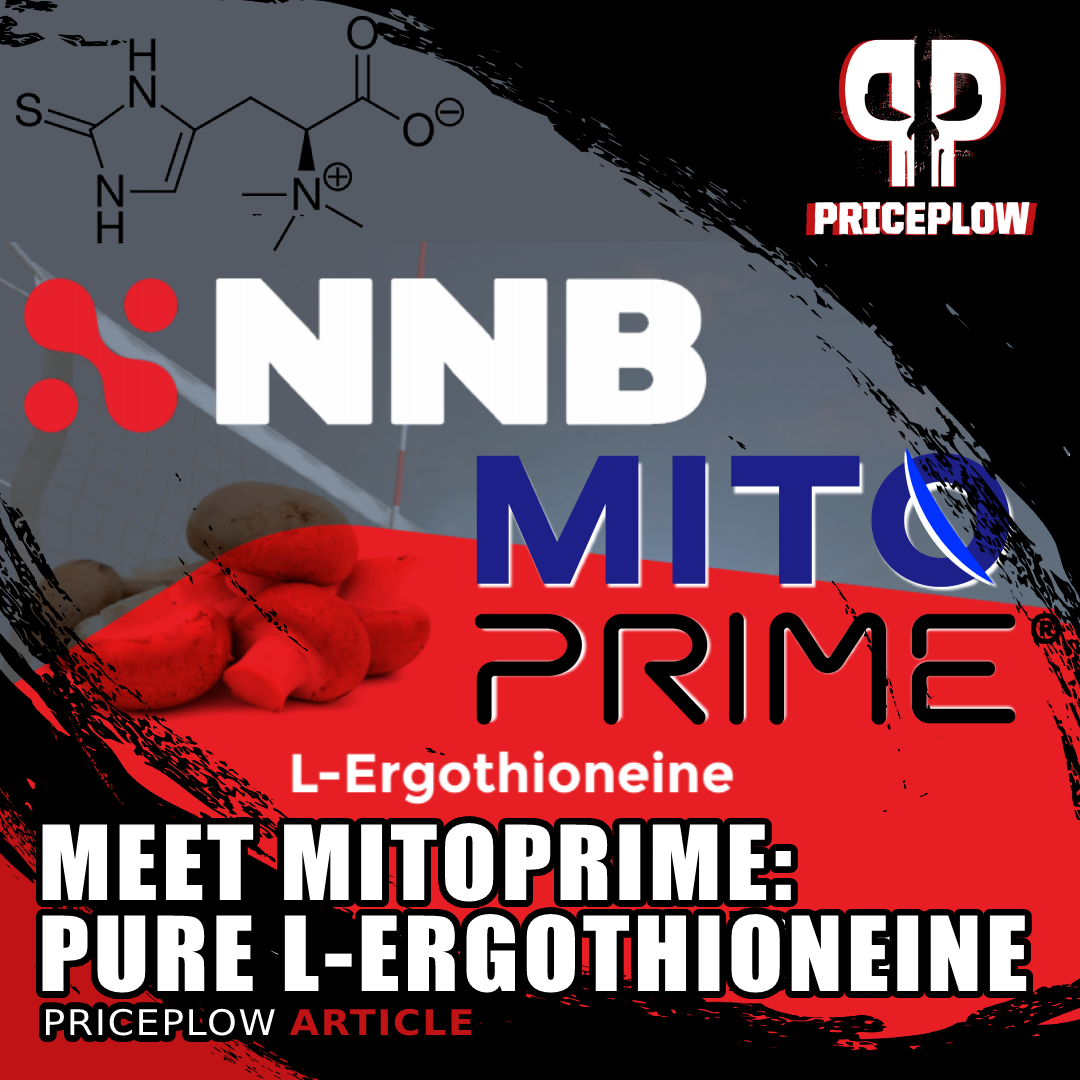


Comments and Discussion (Powered by the PricePlow Forum)